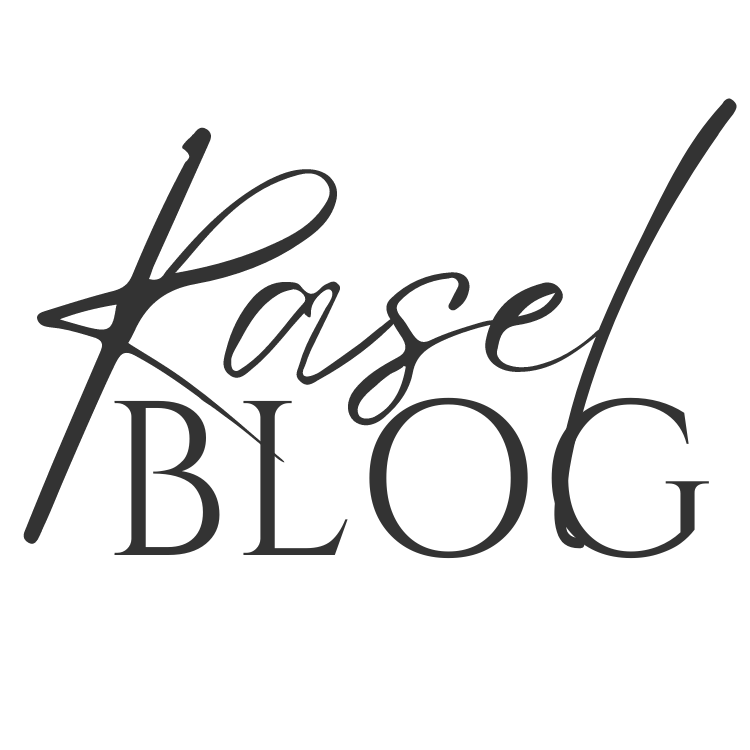In the digital age, where connections and networking drive business growth, LinkedIn stands out as a powerhouse for professionals. While it’s widely recognized as a platform for job seekers and recruiters, its potential as a sales and marketing tool is often underestimated. Leveraging LinkedIn’s features strategically can significantly boost product sales for businesses of all sizes. Here’s how:
1. Optimize Your Company Page:
- Professional Branding: Your company page is your digital storefront on LinkedIn. Ensure it reflects your brand identity, with a clear logo, compelling banner image, and a concise yet informative overview.
- SEO-friendly Descriptions: Use relevant keywords in your company description to enhance discoverability. This helps potential customers find your products and services when they search on LinkedIn or through search engines.
2. Create Compelling Content:
- Share Valuable Insights: LinkedIn users appreciate informative and thought-provoking content. Share industry insights, trends, and tips related to your products. Position your brand as a thought leader in your niche.
- Visual Appeal: Include eye-catching visuals such as product images, infographics, and videos. Visual content tends to garner more engagement and shares on LinkedIn.
3. Engage with Your Audience:
- Timely Responses: Promptly respond to comments, messages, and inquiries. Engaging with your audience shows that you value their input and creates a positive impression of your brand.
- Join Relevant Groups: Participate in LinkedIn groups related to your industry or target market. Share your expertise, answer questions, and establish meaningful connections with potential customers.
4. Utilize LinkedIn Ads:
- Sponsored Content: Reach a targeted audience with sponsored posts that appear in users’ feeds. You can specify criteria such as job title, industry, location, and more to ensure your ads reach the right people.
- Text Ads: These are cost-effective options for promoting products and special offers. Craft compelling ad copy and include a clear call-to-action (CTA) to drive clicks and conversions.
5. Showcase Products and Services:
- LinkedIn Showcase Pages: If you offer a range of products or services, create dedicated Showcase Pages for each. This allows you to highlight specific offerings, share updates, and engage with followers interested in those particular products.
- Rich Media Presentations: Use LinkedIn’s SlideShare feature to create visually appealing presentations showcasing your products’ features, benefits, and success stories.
6. Leverage Employee Advocacy:
- Employee Profiles: Encourage your employees to optimize their LinkedIn profiles with their current role at your company. When they engage with your company’s posts, it amplifies your reach and credibility.
- Employee-Generated Content: Encourage employees to share company updates, product launches, and success stories on their personal profiles. This humanizes your brand and reaches a wider network of connections.
7. Monitor Analytics and Refine Strategies:
- LinkedIn Analytics: Regularly review LinkedIn’s analytics to track the performance of your posts, ads, and company page engagement. Identify what resonates with your audience and adjust your strategy accordingly.
- A/B Testing: Experiment with different types of content, ad formats, and messaging to see what yields the best results. Continuously refine your approach based on data-driven insights.
8. Build Relationships with Decision-Makers:
- Targeted Connection Requests: Identify key decision-makers and industry influencers within your target market. Send personalized connection requests with a brief message highlighting how your product solves their pain points.
- Personalized Messaging: Once connected, nurture these relationships with personalized messages. Share relevant content, invite them to webinars or product demos, and offer exclusive insights.
In conclusion, LinkedIn is a powerful platform for driving product sales through targeted marketing strategies. By optimizing your company page, creating valuable content, engaging with your audience, utilizing LinkedIn ads, showcasing your offerings, leveraging employee advocacy, monitoring analytics, and building relationships, you can unlock the full potential of LinkedIn as a sales and marketing tool. Start implementing these tactics today to elevate your brand presence, expand your reach, and ultimately boost product sales in a meaningful way.

